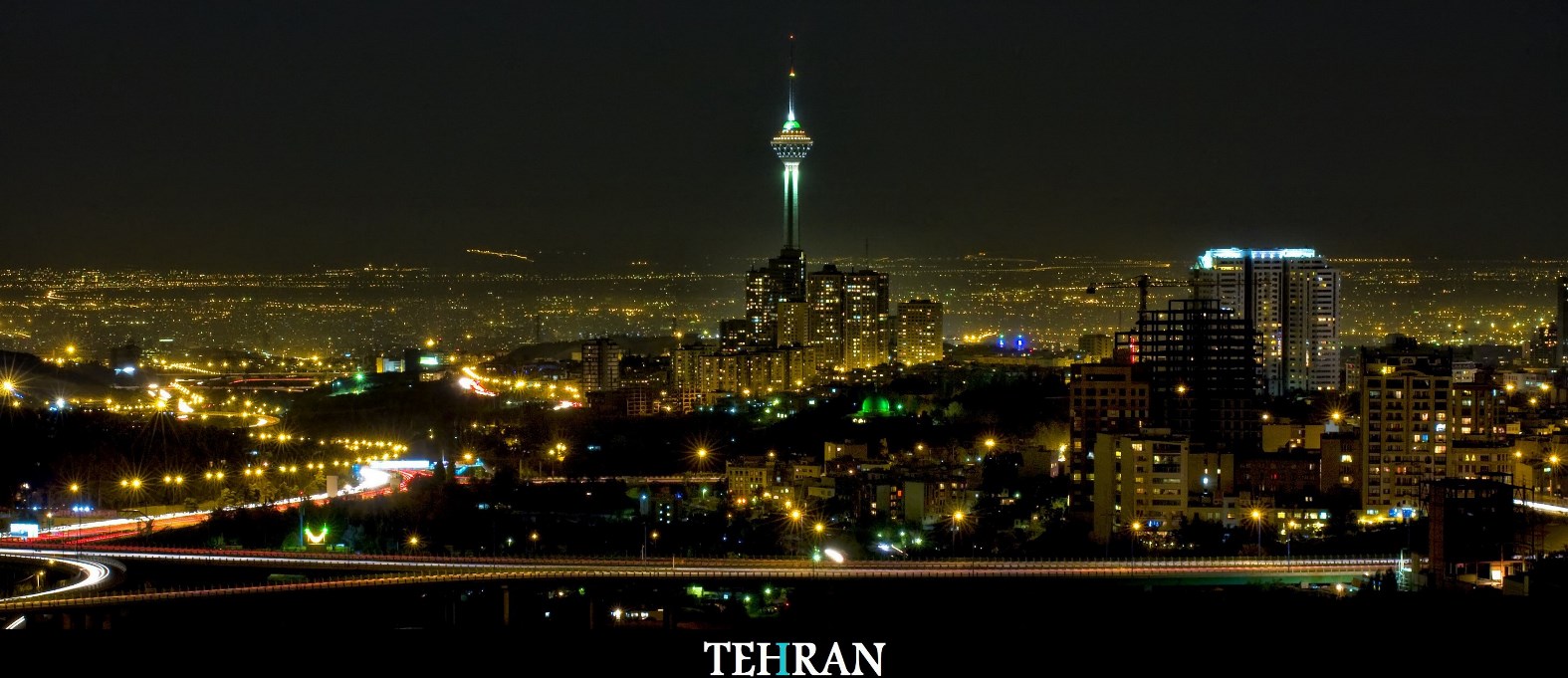
Last month, Tehran hosted 137 companies from 45 countries for a two-day conference, during which the legal generalities of Iran’s new model of oil and gas contract (Iran Petroleum Contract, or IPC) were introduced. More details about the contracts will be unveiled at a conference likely to be held in London in February 2016.

The legal generalities of the IPC show that it covers a package for all exploration, development, and production stages in many of the fields. Moreover, the parties will hold a stake in the output for more than two decades.
The Iranian Oil Ministry will announce details about the terms and conditions of each oil and gas field within related tenders for foreign companies.
Before that happens, here are 10 facts about the gas fields Iran has proposed foreigners can take part in and about what the IPC practically means:
1. Iran has offered 50 hydrocarbon fields, including 21 gas fields, of which 6 are offshore gas fields.
2. Among the offshore gas fields listed, none of them are developed, while only 2 onshore fields have been relatively developed. The remaining 13 fields are totally undeveloped.
3. The total reserves of the offered gas fields are 226 trillion cubic standard feet (tcsf), which accounts for about 19.1% of the country’s total gas reserves.
4. Although the number of onshore fields are 2.5 times more than offshore ones, the onshore fields only hold 66 tcsf of reserves, 2.4 times less than offshore fields.
5. Developing the listed gas fields would add more than 111,000 barrels per day of gas condensate to Iran’s oil production level.
6. Developing the gas reserves would add about 13.4 billion cubic feet per day (Or about 380 million cubic metres per day) to the country’s gas production.
7. For the first time, it appears Iran is seriously focused on the Caspian Sea, introducing a field (Sardar-e Jangal) and three blocks to be explored and developed.
8. The country’s priority is developing cross-border or joint fields with neighbours.
9. The foreign contractor, as required by the IPC, must choose an Iranian partner to establish a joint venture for developing a project.
10. Petroleum costs and fees shall be paid to the contractor out of a maximum 50% of the revenues generated from the field.
Dalga Khatinoglu is a Natural Gas Europe expert on Iran’s energy sector and head of Trend Agency’s Iran news service.
Comments are closed.
